Monroe County Timeline
Events Matching Exact Phrase "Underground Railroad"
| Smith builds his home 1828 |
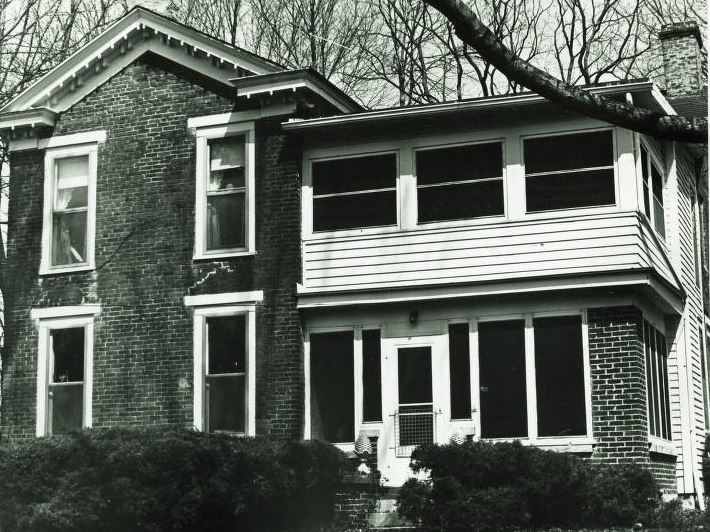 Thomas Smith, prominent Presbyterian, builds his home at 1326 Pickwick Place. His home is used to help slaves escape north as part of the Underground Railroad network. Thomas Smith, prominent Presbyterian, builds his home at 1326 Pickwick Place. His home is used to help slaves escape north as part of the Underground Railroad network.
|
| Rev. McMillan writes to Woodburn 1837, Jun 1 |
Covenanter and Presbyterian minister Rev. Hugh McMillan writes to Dorrance Woodburn of Bloomington about his pleasure in learning that T.A. Wylie arrived to teach at Indiana Seminary. "I am glad he will answer the double purpose of serving the college and of ministering to the wants of the people." McMillan and Woodburn were supporters of the Underground Railroad.
Source: James Albert Woodburn, Woodburn History: Some Generations of a Family (1936), 52.
|
| Millen buys land 1839 |
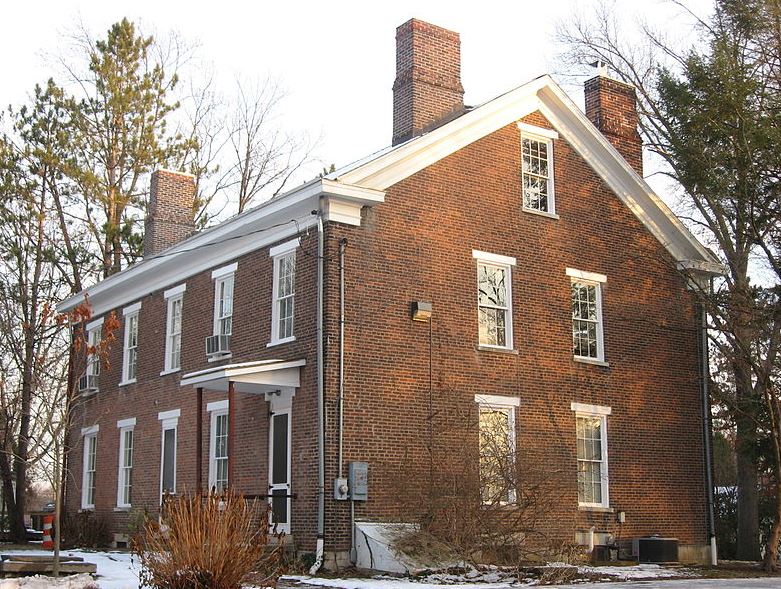 William Millen buys land in Bloomington Township, Section 34, and later builds a house. It is known as the Millen/Stallknecht House or Raintree House, 112 N. Bryan Street, and is later sold to Indiana University. He pays $1,600 for 160 acres. Millen came to Bloomington with other Covenanters. Some oral histories argue the house was used as part of the Underground Railroad system. Millen was a saw mill partner of William Fee, who was also from South Carolina. William Millen buys land in Bloomington Township, Section 34, and later builds a house. It is known as the Millen/Stallknecht House or Raintree House, 112 N. Bryan Street, and is later sold to Indiana University. He pays $1,600 for 160 acres. Millen came to Bloomington with other Covenanters. Some oral histories argue the house was used as part of the Underground Railroad system. Millen was a saw mill partner of William Fee, who was also from South Carolina.
Source: Rose McIlveen, "Looking Back: Millen House "Guests" Varied," Herald Telephone, June 6, 1981. map
|
| Faris builds a home 1842 |
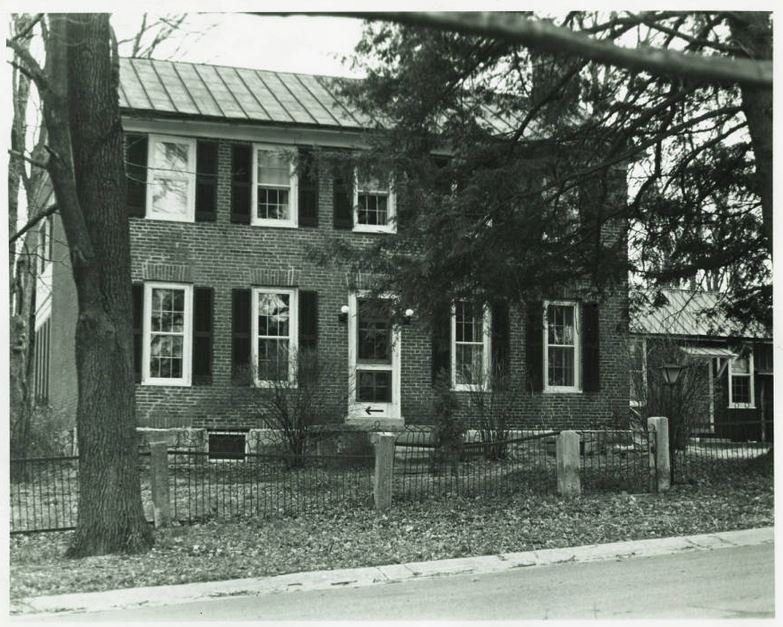 Rev. James Faris or "Old Man Faris" builds his home at 2001 Hillside Drive. Born in South Carolina in 1779, the Reformed Presbyterian comes as a Covenanter. It is believed that the home was used to help slaves navigate the Underground Railroad. Rev. James Faris or "Old Man Faris" builds his home at 2001 Hillside Drive. Born in South Carolina in 1779, the Reformed Presbyterian comes as a Covenanter. It is believed that the home was used to help slaves navigate the Underground Railroad.
|
| Black family named McClerkin 1850 |
The United State Census records a black family living close to Sarah McCaw (age 74) and the Robert Service Family in Perry Township: William McClerkin [(age 29) is a black farmer with Jennetta (age 23) [Jeannetta Crossen] and James H. (1 years old)/ Both William and Jennetta McClerkin are listed as born in South Carolina, same as Sarah McCaw. [Note: There is a Rev. McClerkin and a Hannah McCaw who both appear in early oral history accounts of the Underground Railroad for this region.]
Source: Donald Matson, 1820, 1830, 1840, & 1850 census of Monroe County, Indiana: Taken from Microfilm (Ellettsville, Indiana: Donal Matson, 1979), 254.
|
| Hawkins marries barber's daughter 1850, Dec 8 |
Mr. Smith Hawkins, a black man from Washington, Indiana, marries the daughter of Knotley or Knolly Baker, Bloomington's first black barber. According to Monroe County Marriage Indices, the bride's name is Sarah Ann Baker. Mr. Hawkins helped Thomas Smith run the Underground Railroad network in Monroe County, as he escorted slaves on their way north.
Source: Henry Lester Smith, Ph.D., "The Underground Railroad in Monroe County," Indiana magazine of history, September 1, 1917, 291.
|
| Adkins fined for attack 1862 |
Isaac "Ike" Adkins is fined for striking Adam Stater over a dispute about a rain trough. Adkins claims it belongs to him as it was on a farm that he bought from Stater. Stater dies three weeks later from the the blow and Adkins is fined $500. The article about the incident reports that before the Civil War, Adkins caught slaves who were using the Underground Railroad and who were "pounced upon by Adkins and carried across the Ohio River in irons."
Source: Bloomington Progress, November 10, 1880.
|
| Gordon known as underground railroad conductor 1870, May |
A local newspaper reports "Samuel Gordon, who has been a resident of this county for 37 years, is a candidate for Commissioner in the 3d District. Mr. Gordon served 'his time' as a conductor on the underground railroad, is a substantial farmer and would make a safe officer."
Source: Bloomington Progress, May 4, 1870.
|
| Willis Tyler is born 1879 |
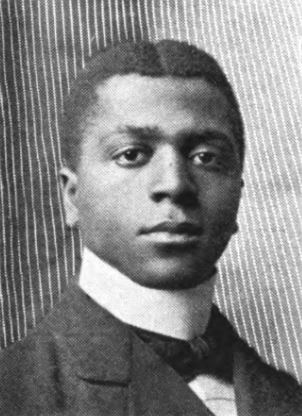 Black attorney and competitive oratorical debater Willis O. Tyler is born in Bloomington. After his parents - Isaac Tyler and Mary McCaw - die when he is young, he is raised by his grandmother and former Underground Railroad conductor, Hannah McCaw. He later attends Indiana University. [Image source IU Arbutus Yearbook, 1902.] Black attorney and competitive oratorical debater Willis O. Tyler is born in Bloomington. After his parents - Isaac Tyler and Mary McCaw - die when he is young, he is raised by his grandmother and former Underground Railroad conductor, Hannah McCaw. He later attends Indiana University. [Image source IU Arbutus Yearbook, 1902.]
Source: "Oratorical Contest: Mr. Willis O. Tyler Represented The Indiana University," Indianapolis Recorder, February 9, 1901. more...
|
| Rev. McClerkin marries Ewing girl 1881, Apr 5 |
Reverend J. J. McClerkin marries Louiza J. Ewing in Monroe County. Rev. McClerkin was active in supporting the Underground Railroad both in Monroe County and in Salem, IN, where he also worked with Isaac Reed. Reed was a member of the Reformed Presbyterian Church and, according to Henry Lester Smith's 1917 article from the Indiana Magazine of History, helped transport slaves into Bloomington. Louiza is the daughter of Reformed Presbyterians Robert and Ann Ewing, who were from South Carolina.
Source: Monroe County, Indiana Marriages: 1818 -1881, 2nd Edition, Reindexed by Lee Ehman (Bloomington (Ind.): Monroe County Historical Society, 2016)
|
| Roddy travels to Arkansas 1883, Dec |
Andrew Roddy goes to Fayetteville, Arkansas to visit his relatives, the Curry family, where they reside. Mr Roddy is expected to remain there over the winter for his health. According to oral history by Henry Lester Smith, the Curry and Roddy families were active in the Underground Railroad.
Source: Bloomington Progress, December 12, 1883.
|
| Gordon runs for office 1884, Jul 30 |
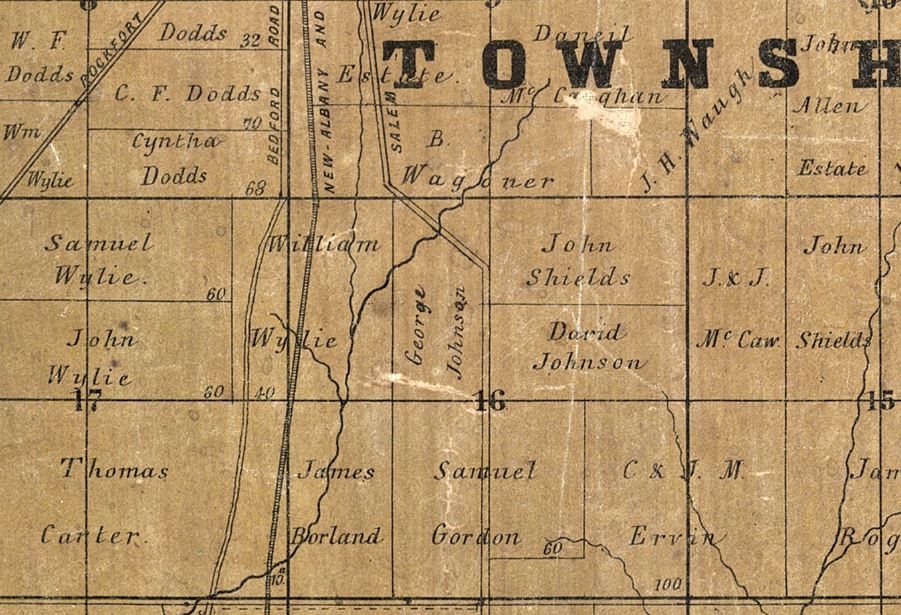 Samuel Gordon, a long time Republican, announces his candidacy for representative. The "Republican Progress" reminds its readers that he claims to have been a conductor on the Underground Railroad, a secret network to help slaves escape. [Map image from 1856 plat map showing Gordon's property in Perry Township Section 16.] Samuel Gordon, a long time Republican, announces his candidacy for representative. The "Republican Progress" reminds its readers that he claims to have been a conductor on the Underground Railroad, a secret network to help slaves escape. [Map image from 1856 plat map showing Gordon's property in Perry Township Section 16.]
Source: "Samuel Gordon, Past Underground Railroad Conductor, Now a Political Candidate," Republican Progress, July 30, 1884. map
|
| Roddy dies 1887, Apr 3 |
Andrew Roddy dies in Washington Territory of consumption. He was the son of Mary Harbison Roddy. Some oral histories instruct that he was a supporter of the Underground Railroad.
Source: Bloomington Progress, April 6, 1887.
|
| Samuel Gordon dies 1887, Apr 5 |
Samuel Gordon, one time Republican candidate for representative, passes away from "lung fever." During the 1884 campaign he claimed to be a conductor on the Underground Railroad, which was a transportation network of secret "stations" that would protect slaves escaping.
Source: "Samuel Gordon," Bloomington Telephone, April 5, 1887.
|
| Blair dies 1908, Mar 27 |
John Blair dies at the age of 88. His obituary celebrates his remarkable life as "a constant helper and contributor to the community's development". From Scotch-Irish heritage, he was known to be a farmer and conductor for the Underground Railroad, active with the early Presbyterians or Covenanters.
Source: James A. Woodburn, "John Blair (1819-1908) Life of a Remarkable Man; a Page of Monroe County History," Bloomington Telephone, March 27, 1908, 1.
|
| Memories of Redick Wylie Farm recorded 1915 |
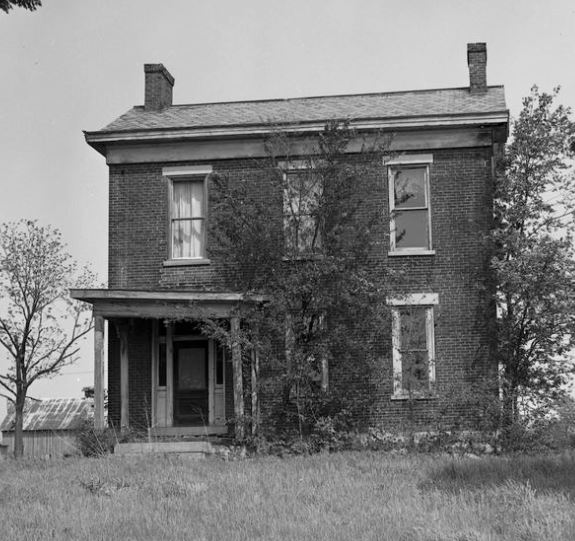 The McElhinney family moves into the Redick "Dick" Wylie House on South Walnut Street. The family learns about the house's oral history that the large basement served as a station for the Underground Railroad with one room having two chimney flues: one for a furnace and the other for air circulation. The family rents the "Hundred Acre Farm" and maintains it as a dairy farm. The McElhinney family moves into the Redick "Dick" Wylie House on South Walnut Street. The family learns about the house's oral history that the large basement served as a station for the Underground Railroad with one room having two chimney flues: one for a furnace and the other for air circulation. The family rents the "Hundred Acre Farm" and maintains it as a dairy farm.
|
| Smith writes about Underground Railroad 1917 |
 IU Dean of Education and Bloomington native Henry Lester Smith writes about the Underground Railroad in Monroe County, using oral history provided by his family. Smith writes that the following individuals were supportive of the cause to help slaves from 1845-1860: Thomas Smith, James Clark, Rev. J.B. Faris, John Blair, Samuel Gordon, Samuel Curry, William Curry, Robert Ewing, John Russell, D.S. Irwin, W. C. Smith, T.N. Faris, Austin Seward, and John Hite. Many were affiliated with the Reformed Presbyterian Church. IU Dean of Education and Bloomington native Henry Lester Smith writes about the Underground Railroad in Monroe County, using oral history provided by his family. Smith writes that the following individuals were supportive of the cause to help slaves from 1845-1860: Thomas Smith, James Clark, Rev. J.B. Faris, John Blair, Samuel Gordon, Samuel Curry, William Curry, Robert Ewing, John Russell, D.S. Irwin, W. C. Smith, T.N. Faris, Austin Seward, and John Hite. Many were affiliated with the Reformed Presbyterian Church.
Source: "The Underground Railroad in Monroe County," Indiana magazine of history, September 1, 1917. more...
|
| Blair recalls Underground Railroad stories 1937 |
WPA worker Estella R. Dodson publishes her report of oral history by James Blair, aged 77 years now. Blair states that the Underground Railroad here was operated by families with the surnames of Smith, Clark, Gordon, Ewing. Slave catchers were attached to the Kersaw and Adkins famlies. Blair states that the runaways were met and housed by Aunty Myrears / Myers and her sister. These two black women were on South Rogers.
Source: Hurley Goodall, Underground Railroad: The Invisible Road to Freedom Through Indiana (2000), 157.
|
| Dodson collections oral history of Blair Family 1937, Aug 5 |
WPA worker Estella R. Dodson submitted her report on the "Reminiscences of James Blair and Including Memories of the Underground Railroad." Families that helped early black residents include the Ewings, the Smiths, the Clarks, the Gordons, and the Allens. Those men who were slave catchers included the Kersaws and the Adkins. Mr. James Blair lives at the corner of 14th and Maple Street and he is 87 years old.
Source: Hurley Goodall, Underground Railroad: The Invisible Road to Freedom Through Indiana (2000), 157-161. map
|
| WPA set to place historical markers 1938, Sep 2 |
It is reported that the WPA is set to install 13 historical markers. The painted-metal signs will promote sites such as the location of the Seward Foundry and the home of Aunty Myrears, which was a stop for slaves on the Underground Railroad. Estella Dodson and Ross F. Lockridge, Indiana historian and former director for the WPA Federal Writer’s project, coordinate the project.
Source: "Historical Sites are Marked," Bloomington Daily Telephone, September 2, 1938, 1.
|
| Historical sites marked by WPA 1938, Sep 2 |
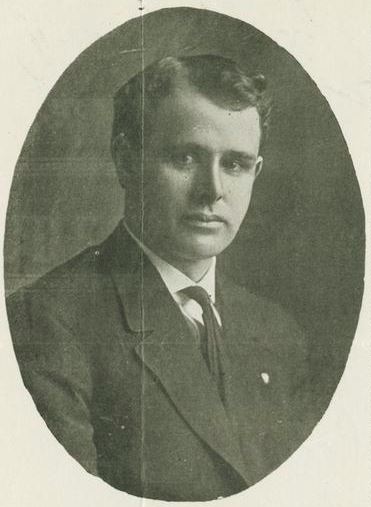 It is reported that the WPA historical marker project is set to install 13 of 14 painted-metal signs to highlight historical places, incl. the Female Seminary and the home of Aunt Myrears, a stop on the Underground Railroad, which helped slaves escape. Coordinating the project are Estella Dodson and Ross F. Lockridge, Indiana historian and former state director of the WPA Federal Writer's project. Photo of Ross Lockridge, Sr. courtesy of IU Archives. It is reported that the WPA historical marker project is set to install 13 of 14 painted-metal signs to highlight historical places, incl. the Female Seminary and the home of Aunt Myrears, a stop on the Underground Railroad, which helped slaves escape. Coordinating the project are Estella Dodson and Ross F. Lockridge, Indiana historian and former state director of the WPA Federal Writer's project. Photo of Ross Lockridge, Sr. courtesy of IU Archives.
Source: "Historical Sites are Marked," Bloomington Telephone, September 2, 1938, 1. more...
|
| Woodburn gives book to library 1939, Oct 18 |
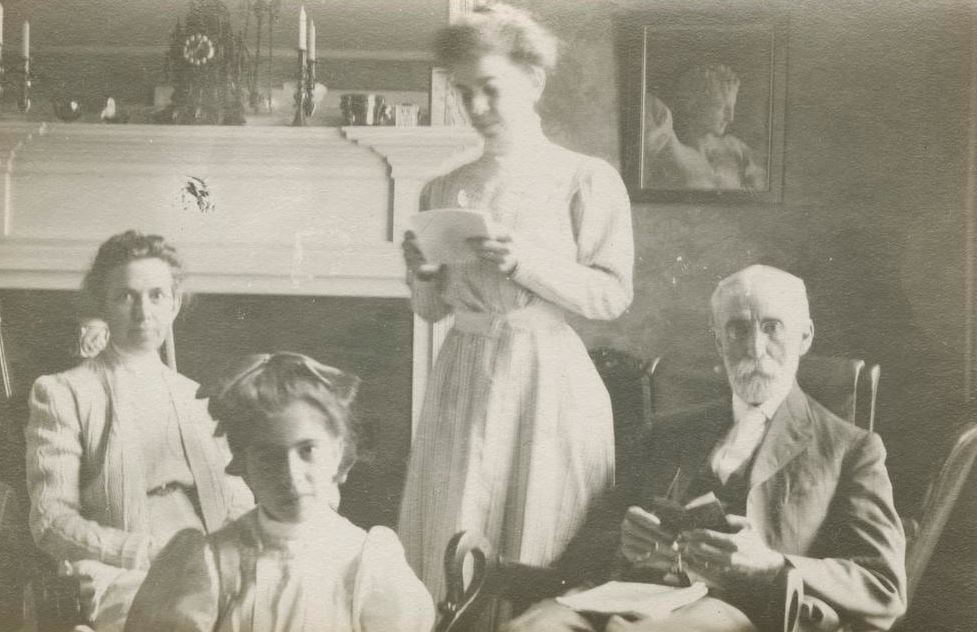 James Albert Woodburn gives a copy of his book "Woodburn History: Some Generations of a Family" to the Bloomington Public Library with the inscription, "Presented to the Bloomington City Library, by the Author." The book includes transcripts of family letters, diaries, and antidotes, including references to the early schools, churches, and the Underground Railroad. James Albert Woodburn gives a copy of his book "Woodburn History: Some Generations of a Family" to the Bloomington Public Library with the inscription, "Presented to the Bloomington City Library, by the Author." The book includes transcripts of family letters, diaries, and antidotes, including references to the early schools, churches, and the Underground Railroad.
Source: James Albert Woodburn, Woodburn History: Some Generations of a Family (1936) more...
|
| Pioneer black resident buried 1942, Apr 13 |
Amanda Henson Ghan, age 83, dies at her home at 1020 W. Kirkwood Avenue. Her obituary tells of her parents struggle to escape with young Amanda and others from a Shelbyville, Kentucky plantation about 1860, hustling through Clark County using the Underground Railroad before settling in Hensonburg and later Ellettsville.
Source: "Pioneer Negro Resident Laid to Rest Here," Bloomington Daily Telephone, April 15, 1942. map
|
| Smith descendant dies 1959, Aug 8 |
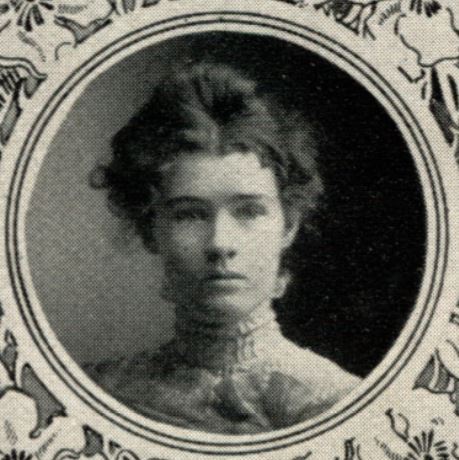 Lola Jane Smith dies. Miss Smith was the sister of Henry Lester Smith and part of the early Smith family affiliated with the Underground Railroad. She was a member of the Reformed Presbyterian Church and lived at 314 N. Washington. A 1901 graduate of IU, Smith also obtained higher degrees and was a primary school teacher here for 51 years. [Image from 1901 IU Arbutus Yearbook.] Lola Jane Smith dies. Miss Smith was the sister of Henry Lester Smith and part of the early Smith family affiliated with the Underground Railroad. She was a member of the Reformed Presbyterian Church and lived at 314 N. Washington. A 1901 graduate of IU, Smith also obtained higher degrees and was a primary school teacher here for 51 years. [Image from 1901 IU Arbutus Yearbook.]
Source: "Obituary: Lola Jane Smith," Herald Telephone, August 8, 1959. map
|
| Historian Woodburn gives speech 1961, Mar 2 |
Historian Walter Woodburn gives a speech about the Underground Railroad, an escape route for slaves, at the Binford Junior High School. The speech was given to an audience of 175 people. Most of the audience was made up of the members of the Monroe County Historical Society as well as members of the Monroe County Civil War Centennial Committee.
Source: Unknown, March 9, 1961.
|
| Dr. Ramsey interviewed about Underground Railroad 1978, Jul 12 |
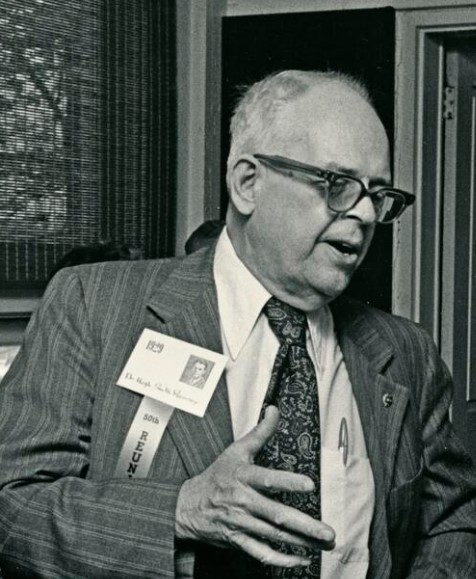 Monroe County Public Librarian Bobbie Taylor interviews Dr. Hugh Ramsey about his medical and political career and his life, including accounts of his ancestors - the Covenanters - participating in the Underground Railroad. His mother was Clara Ethel Smith and her mother was a Cathcart, a family that managed an Underground Railroad station at Morgantown. Monroe County Public Librarian Bobbie Taylor interviews Dr. Hugh Ramsey about his medical and political career and his life, including accounts of his ancestors - the Covenanters - participating in the Underground Railroad. His mother was Clara Ethel Smith and her mother was a Cathcart, a family that managed an Underground Railroad station at Morgantown.
Source: Hugh Ramsey; Bobbie Taylor, Oral history series: Hugh Ramsey (Bloomington, Ind: Monroe County Public Library, 1978), 2. more...
|
| Oral history of Underground Railroad printed 1981, Oct 3 |
Long-time Bloomington resident and reporter Rose McIlveen reports on various stories about the Underground Railroad and the Presbyterians who supported the network. She mentions various stations in Bloomington. She writes that the Wylie House at 2nd and Lincoln streets and the Millen Stallknecht House on Bryan Street are also reputed to be stops for former slaves. McIlveen states that "As a child I was shown a basement room in the Wylie House and told it was used to hide runaway slaves."
Source: Rose McIlveen, "Underground Railroad Stopped at Bloomington," The Herald Times, October 3, 1981.
|


